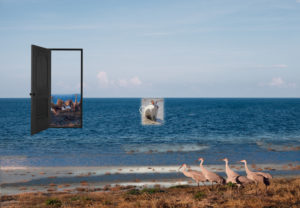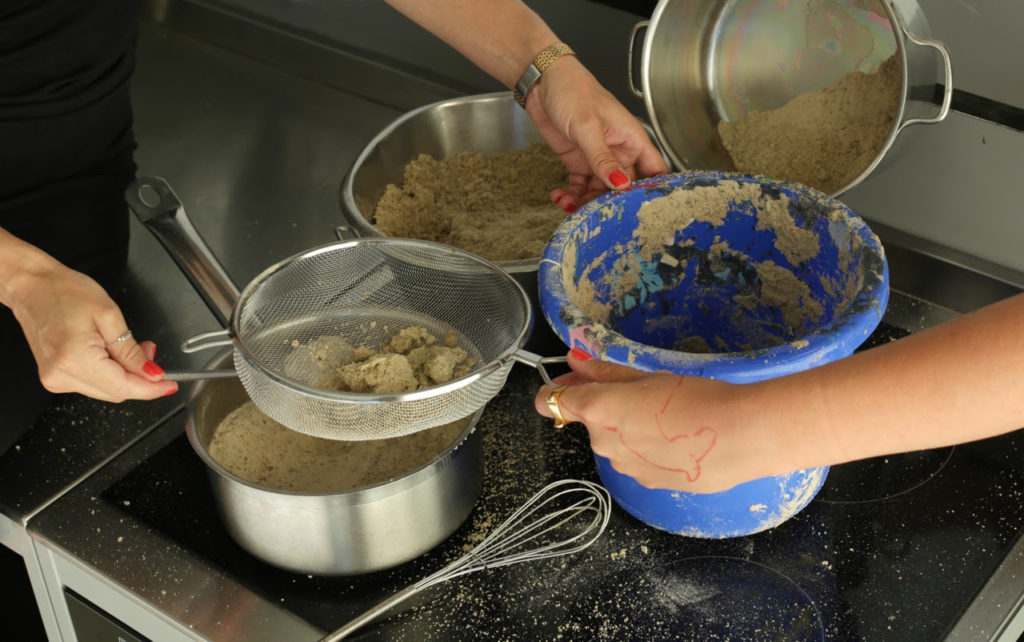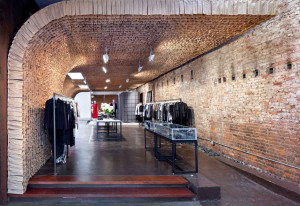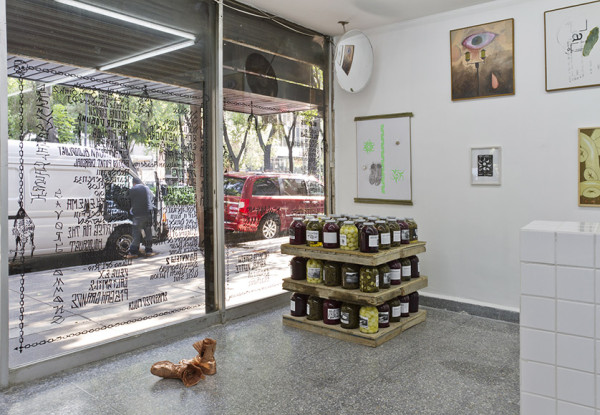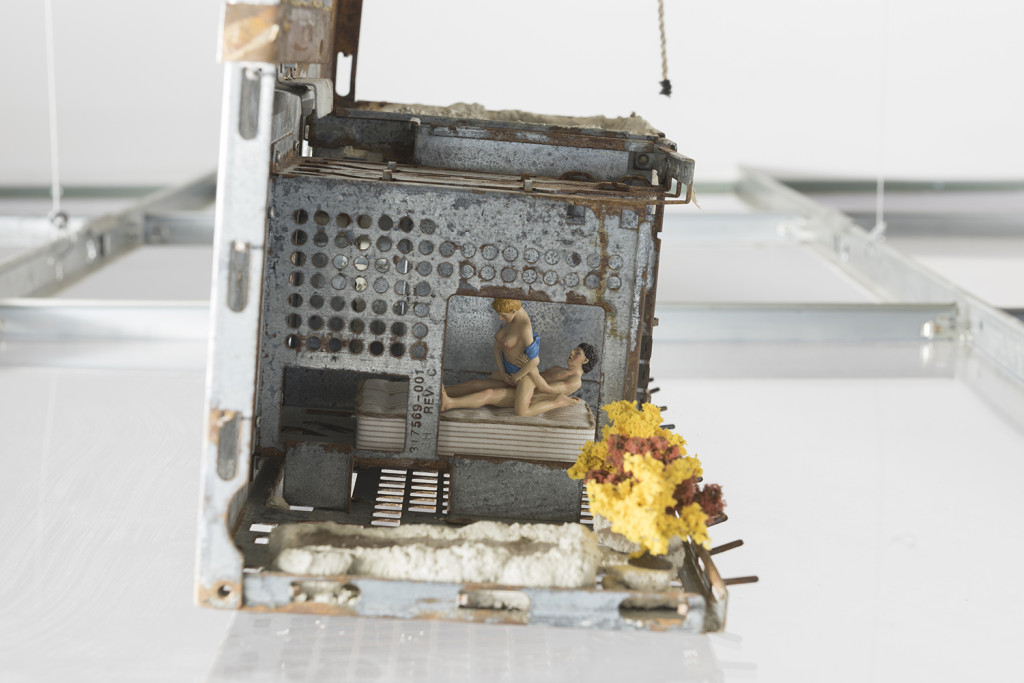Art Basel, a contemporary art fair that also takes place in Miami Beach and Hong Kong during other parts of the year, brings together over 290 international galleries, showing work by over 4,000 artists. The huge project, opening June 15 to 18, is teeming with exhibitions and events, as well as fringe fairs LISTE and Dream Fair (see below) running alongside.
The main fair is split into sections; booth exhibitions in Galleries, solo presentations in Feature, artists up for the Baloise Art Prize in Statements, rare publications in Edition, large scale projects and performances in Unlimited, site specific works in Parcours, experimental screenings in Film, as well as a range of artists talks and panel discussions in Conversations.
Here are our recommendations:
Art Basel
Conversations:
– Do Artists Need to Leave Africa to be Successful? Artist talk with Candice Breitz, Zanele Muholi, and Valerie Kabov, Jun 15
– Oh the Humanity! Artist talk with Cécile B. Evans and Susanne Pfeffer, Jun 17
– Archives and the Digital Dark Age. Curator talk with Glenn R. Phillips, Sabih Ahmed, and Hans Ulrich Obrist, Jun 17
Film:
– ‘The Stuart Hall Project‘ (2013) by John Akomfrah, Jun 15
Parcours:
– ‘Concerned by the ghost without being bothered‘ (2017) by Flaka Haliti
– ‘City Lights (Dead Horse Bay)‘ (2016) by Lena Henke
Statements:
– Antenna Space presents work by Guan Xiao
Unlimited:
– Peres Projects presents Donna Huanca‘s performance ‘Bliss (Reality Check)‘
Liste
Running since 1996, Liste introduces young and emerging galleries and artists, as well as a number of performance events and talks. As a special guest of this year’s programme, HeK presents a selection of artists “who utilise 3D modelling and 3D printing to explore the convoluted dialogue between the real and the virtual world,” including Morehshin Allahyari & Daniel Rourke, Lou Cantor and Tabita Rezaire, among others.
Some of the participating galleries include:
–Arcadia Missa (London) featuring Maja Cule, Hannah Perry, Hannah Quinlan and Rosie Hastings, Hannah Black and Amalia Ulman.
–Carlos/Ishikawa (London) featuring Vanessa Carlos
–Emalin (London) featuring Nicholas Cheveldave
–Aoyama/Meguro (Tokyo) featuring Tatsumi Orimoto + Koki Tanaka
–VI, VII (Oslo) featuring Eloise Hawser
–Jenny’s (Los Angeles) featuring Julien Ceccaldi, Mathieu Malouf, Eirik Sæther
–LambdaLambdaLambda (Prishtina) featuring Tatjana Danneberg, Hanne Lippard, Dardan Zhegrova
–MadeIn (Shanghai) featuring Shen Xin, Miao Ying + WANG NEWONE
– mother’s tankstation limited (Dublin) featuring Cui Jie
–Project Native Informant (London) featuring Juliana Huxtable and Morag Keil
–Sandy Brown (Berlin) featuring Grace Anderson, Kamilla Bischof, Quintessa Matranga + Aude Pariset
Curated by Eva Birkenstock, Liste’s 2017 Performance Project Rehearsing Intra-Activity presents a mix of artists and dancers to explore “an expanded understanding of the concept of choreography” including work by:
– New Noveta Abject Majetek, Jun 12
– Dana Michel Mercurial George, Jun 14
– Sophie Jung Death Warmed Up, Jun 16
– Isabel Lewis Strange Action, Jun 15
– Jérôme Bel Cédric Andrieux, Jun 13
Dream Basel
The online art fair Dream, which opens June 13 to 18, runs concurrently with international established fairs, where the ‘booths’ hold digital files of work by artists, featuring up to 12 galleries with this one, including Berlin’s Exile featuring Pakui Hardware, Mexico City’s Lodos gallery featuring Elsa-Louise Manceaux
Lewis Teague Wright, and London’s Supplement featuring Sophie Jung
Ben Cain and Marianne Spurr, among other galleries and artists.**
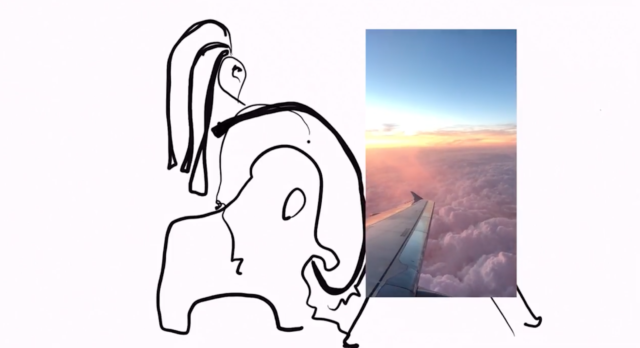
Header image: Lewis Teague Wright, ‘Oa4s, ‘Bunnypot’,(2017) Inkjet print on transparent film. Courtesy the artist, Lodos Gallery + Dream Basel.
share news item